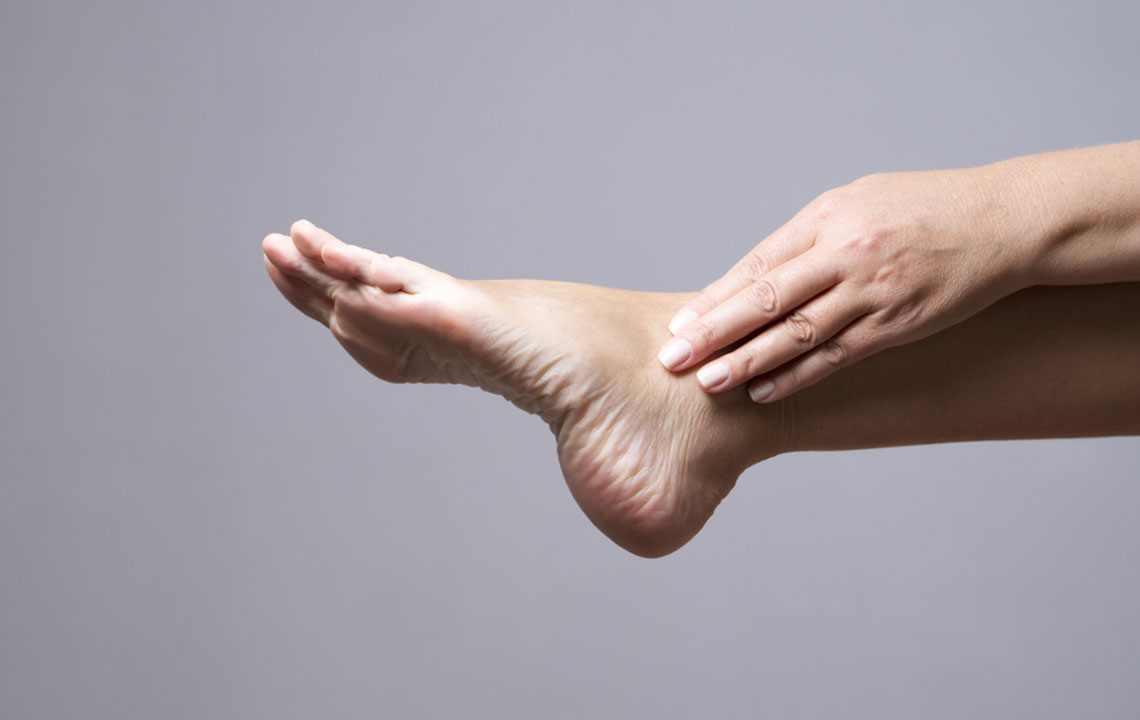Effective Strategies to Relieve a Pinched Nerve
Discover effective ways to manage and treat a pinched nerve, from simple home remedies to advanced surgical options. Learn how rest, posture improvement, physical therapy, and minimal invasive surgeries can alleviate pain and restore mobility. Preventative tips include staying active and maintaining good spinal health. Consult healthcare professionals for personalized treatment plans to ensure proper recovery and long-term nerve health.
Effective Strategies to Relieve a Pinched Nerve
A compressed nerve occurs when excessive pressure damages or irritates a nerve or a group of nerves, often caused by repetitive movements or prolonged positions. This condition typically results in sharp pain, numbness, and tingling sensations in areas such as the neck, lower back, arms, or legs. Treatment options include both non-invasive methods and surgical procedures designed to minimize discomfort and promote healing.
Non-surgical interventions
Initial treatments for nerve compression usually start with conservative approaches:
Rest and Sleep
Allowing the body sufficient rest and quality sleep can facilitate natural healing. Avoid overusing or irritating the affected area to prevent worsening symptoms, as symptoms often improve within days or weeks.

Maintaining proper posture is essential in managing and preventing nerve compression. Avoid prolonged positions that strain the spine or limbs, and seek professional advice to adopt the correct sitting, standing, and sleeping postures. Applying heat or cold packs can reduce inflammation and relax tense muscles—cold therapy is ideal immediately after pain onset, while heat helps in later stages. Gentle stretching and physical therapy are beneficial in alleviating pressure and restoring function, often tailored to the specific nerve affected. Elevating the legs helps ease lower back pressure, especially when pain results from spinal nerve compression. Wearing splints supports healing in cases involving hands or wrists, while surgical options, like minimally invasive discectomy or laminectomy, are considered when conservative measures fail.
Surgical procedures such as endoscopic discectomy or foraminoplasty aim to decompress affected nerves directly. These options are minimally invasive and provide quick relief, helping to restore normal nerve function. For more severe cases, spinal fusion or laminectomy may be necessary to address underlying issues like herniated discs or spinal stenosis. Overall, staying active with light exercises like walking or yoga can help prevent nerve compression in the future.










